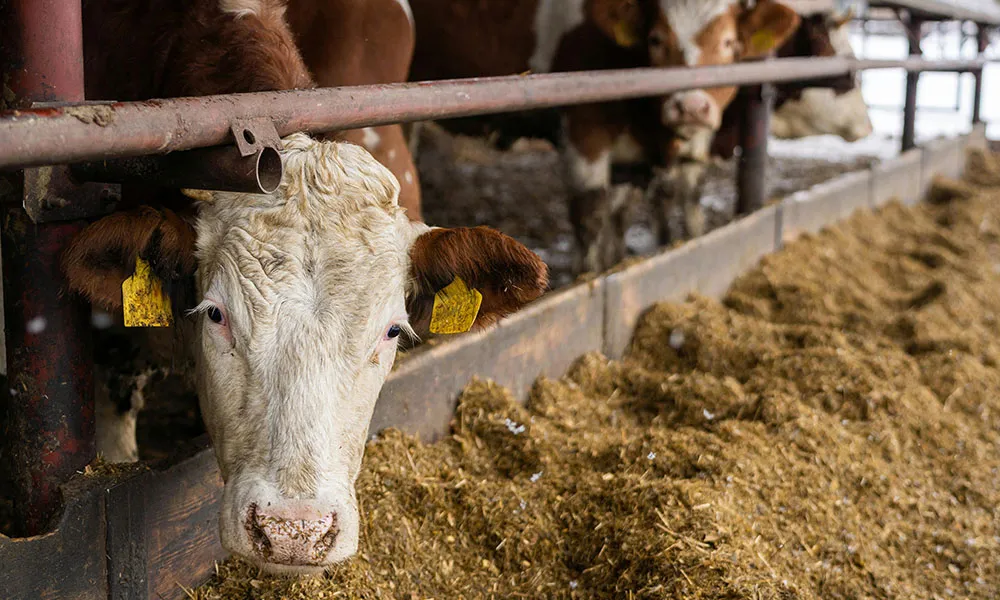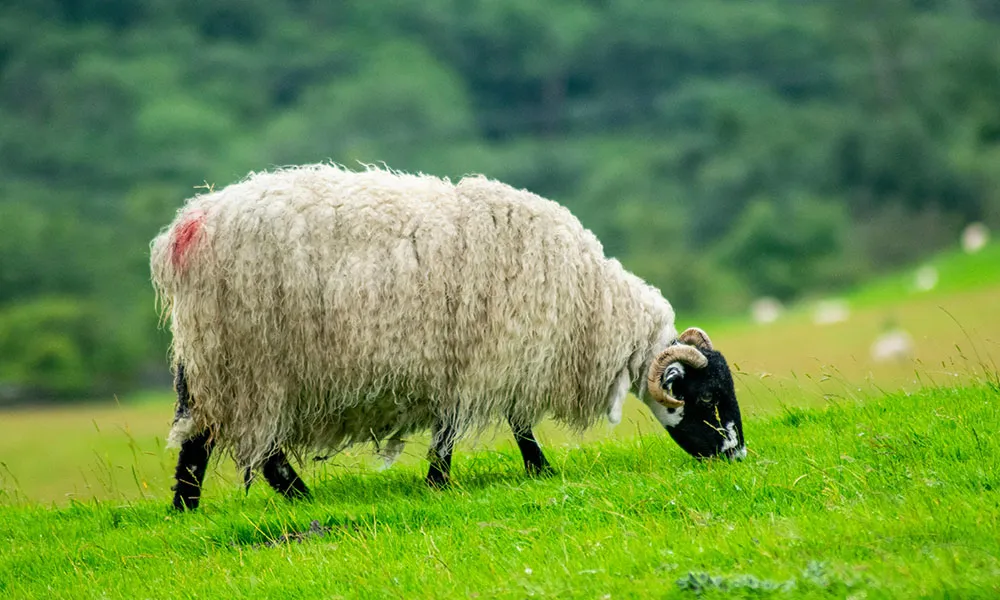
With winter feeding now well underway on farms across the country, it is worth considering optimum feeding rates for your stock. In this week’s entry, we will look at the ideal feeding rates for sheep over the coming months. With grass growth now more or less stalled, it is crucial that your animals are getting the right amount of feed and the required nutrition to see them to the spring.
Weanlings
Ideal feeding rates obviously vary by the age and type of the animal. Silage quality and performance targets are also key considerations. For lambs weaned in the summer or early autumn, you should generally aim for a target weight gain of 0.5 or 0.6 kg per day. To achieve this, you should feed each animal between 1kg and 1.5 kg of meal per day, accompanied by good quality silage. If your silage is of poorer quality, you may want to push the meal quantity up to 2kg per head per day.
Lambs should be weighed regularly to ensure that they are gaining weight at the required rate. If lambs are not thriving, you may need to increase feed. However, lack of thrive may also be a sign of a parasitic infection, particularly if accompanied by other signs such as scour or bottle-jaw.
Replacement ewes
Lambs that you intend to keep as replacements for ewes should be kept on a leaner diet. Weight gain of 50-70 grams per day is probably ideal for ewe replacements, as you don’t want them getting too fat. Excessive weight gain in animals you intend to keep can lead to health complications and ultimately compromise fertility.
Generally, you shouldn’t feed replacement ewes more than 0.2kg of meal per day.
Store lambs
Store lambs that are being kept for winter or early spring finishing can achieve very high gains without major complications. It is reasonable to expect stores to gain over 0.2 kg per day. To achieve this, you may want to switch to an all-concentrate diet in the weeks prior to slaughter.
Ewes
Adult ewes should receive about 1kg of meal per day, though you will need to monitor this closely. You should adjust meal quantities if ewes are getting too fat or too thin. Remember that you want ewes to have a BCS of 3 (in or around) at point of lambing. This is a useful point of reference for perfecting your meal rations as the winter progresses. Regular BCS testing is highly recommended for pregnant ewes.
Silage quality
To maximise outcomes over the winter months, you should know the quality of your silage. This will allow you to develop a suitable meal to silage ratio for your stock. Most experienced farmers will be able to assess silage quality with a simple visual test. However, if you are new to farming or find it hard to judge quality, you can send a sample to a laboratory for a comprehensive test.
You can view Teagasc’s guidance video for testing silage quality by clicking here.











